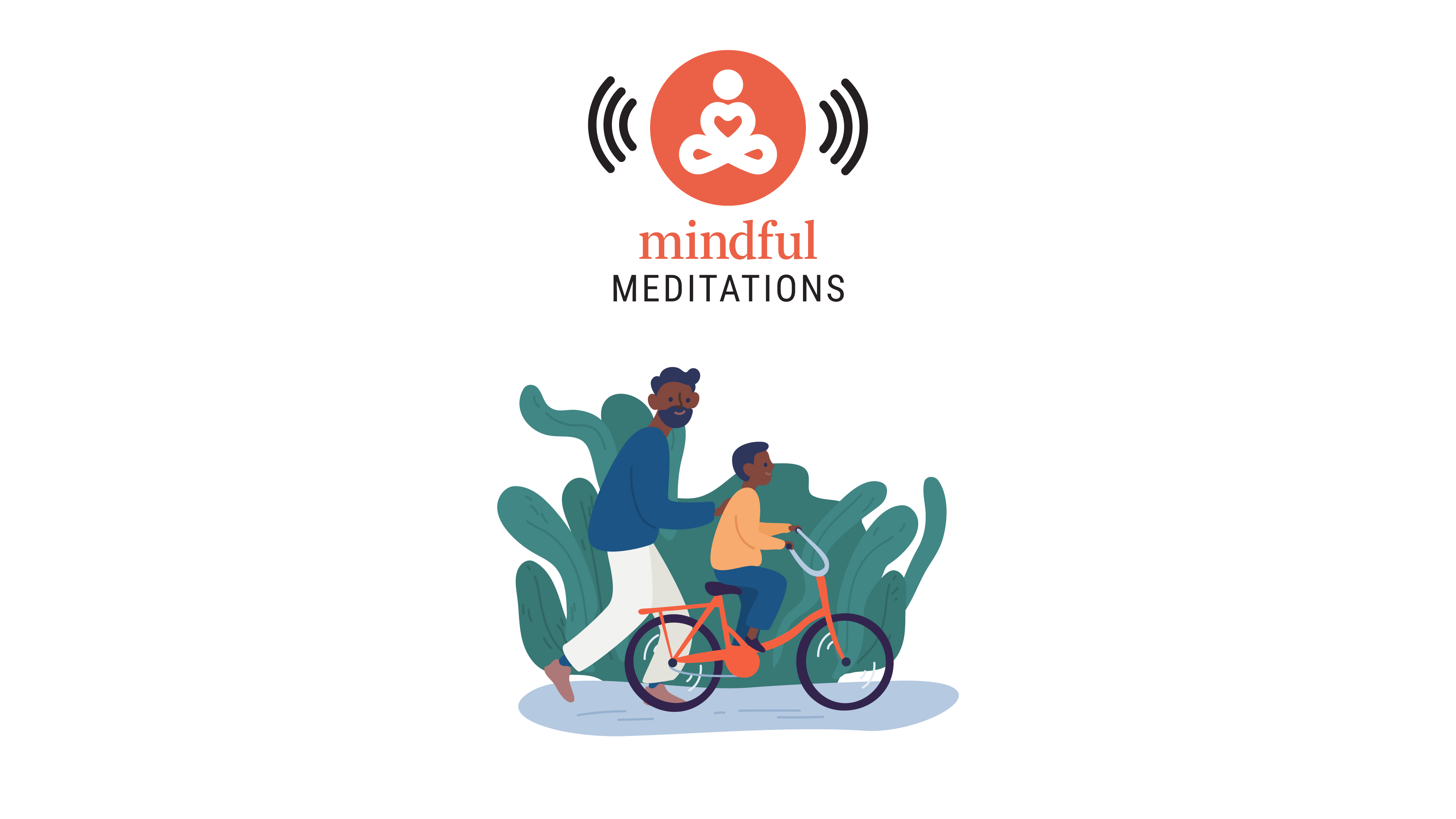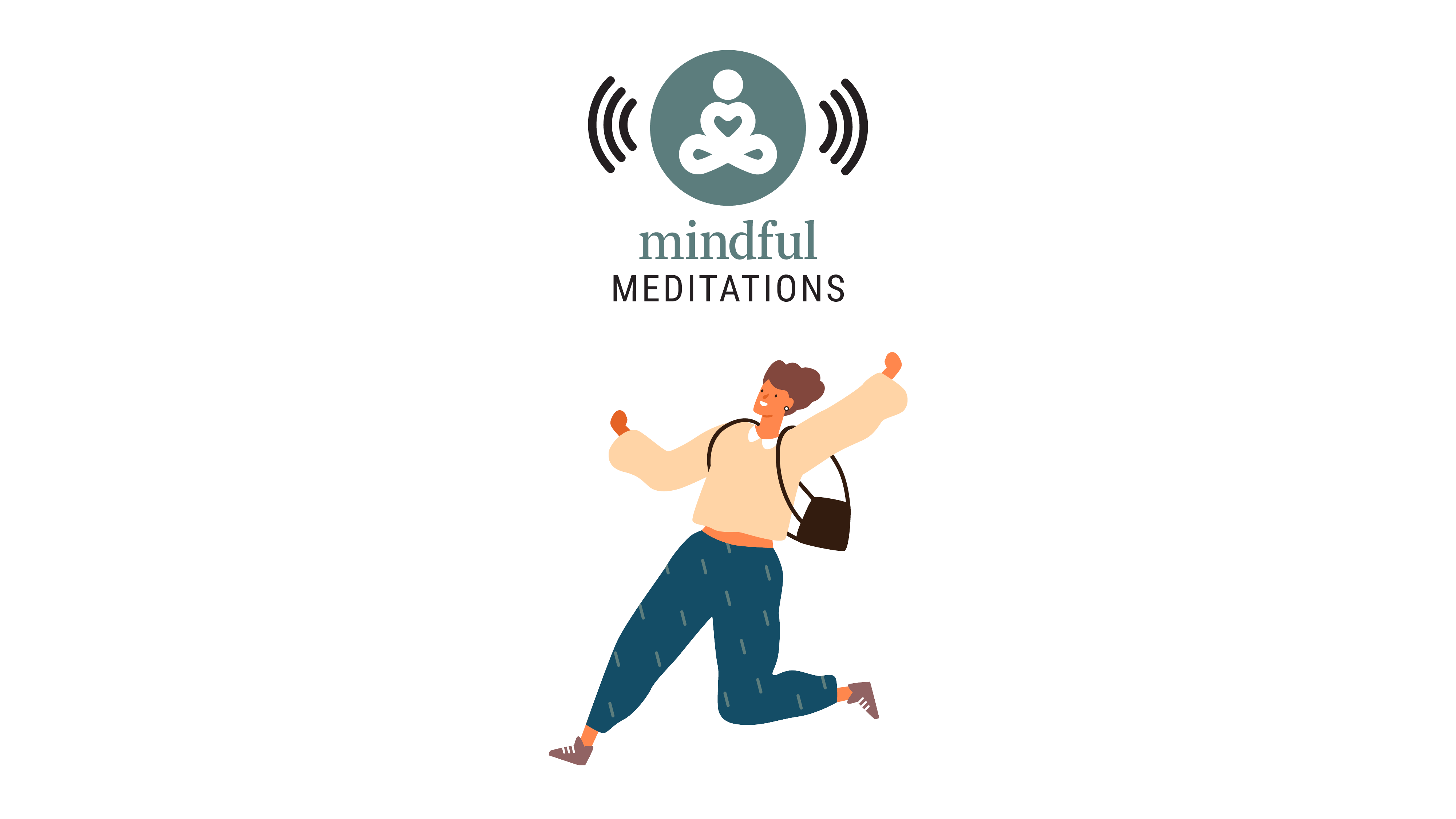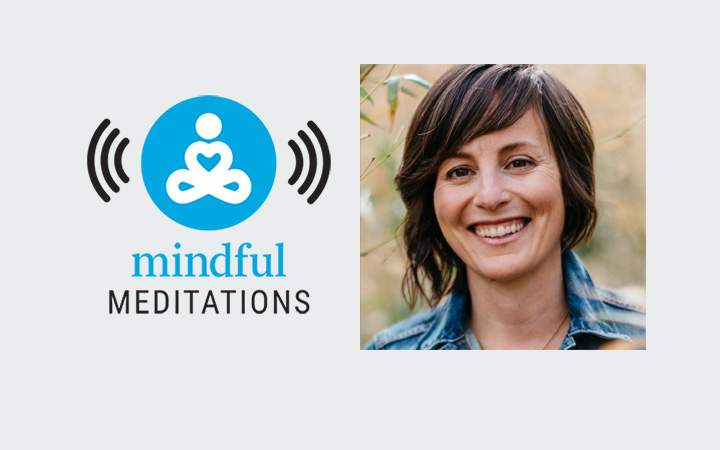This session we’re going to move mindfully and explore the feelings of joy and being uplifted. The way we do that is through extending our body through back bending.
As we’ve been learning during the past two sessions, our mind often reflects what’s happening in our body and nervous system. You may have noticed when your body feels energized, your mind feels more energized. Everything is connected. So, similarly, when our body feels tense or small or closed, our mind may feel
This session we’re going to use our body to uplift our mind. Back bends are great for this because they have
Let’s talk a little first about what back bending is counteracting. Most of us are abundantly familiar with one reality of our modern lives: we spend many of our days either sitting at a desk, sitting in a car, sitting in front of the TV or curved over our phones. And perhaps we do some of all four of those every day. The point is, there’s plenty of opportunity for us to get stuck in a forward bent position, with our shoulders hunched and our head jutting forward. That kind of posture is not great for our backs, but it’s also not good for our breathing. In this position our breathing gets shallower. With many of the muscles in our neck and upper back curved in this manner, they cannot aid our lungs in breathing. For better respiration, our bodies require expansion and opening.
So, we’re going to begin strengthening the muscles in our back, which, among other things, help us to breathe. We’re going to work on expanding our breath, too. These heart-opening positions can be as simple as standing with our arms open, outstretched, palms up. Try that now, as you finish reading this paragraph. Just open up your heart, chest
Another thing we’re achieving with mindful movement is increasing our HRV, or heart rate variability, which is a metric for well-being. When we start to breathe in a more rhythmic pattern, our heart rate variability increases. In turn, this boosts our resilience—that is, our ability to bounce back from stressful situations.
So let’s get started.
Open Your Mind and Your Body
Watch the practice:
Listen to the practice:
Open Your Mind and Your Body
Read the practice:
1. Let’s get into a standing position and start with our synchronizing-body-mind warm-up. Inhale, arms forward and up. And exhale, arms out and down. Let’s do that a couple more times—really reaching and synchronizing our breath and our movement. Now, going side ways—you know this: Inhale, reaching up, and exhale reach to your right. Inhale back to centre, and exhale to your left. Moving on now: inhale, reaching way up, and now hinging down, placing hands to your knees like a baseball player. Pull your hips back here and brace your core muscles. Reach arms back, then inhale and stretch and reach way up; lean back a bit and look up to the sky. Exhale back down, moving arms back behind you.
2. This time when you reach your arms up, interlock your fingers behind your head. Widen your elbows and send your hips forward. Allow your head to rest on your hands. This is a back-bend, an extension of our spine. As you send your hips forward a little more, can you relax your head more? Open the elbows wide and let’s hold here. Take a big breath in, and a big breath out. We’re stretching those breathing muscles. Now slowly come all the way back up.
3. Now reach your arms out to your sides. Let’s swing the arms out a bit and then with that momentum, swing them back in to give yourself a hug. Again, swing them open, and hug with your other arm on top this time. Inhale, out. Exhale hug.
4. Let’s come on to our belly on the floor. We’re going to do some back bending, starting in the sphinx position: elbows underneath our shoulders and palms flat on the floor. Shake your hips side to side to relax your lower back. If you feel this bend is too deep for your back, slide your arms further forward on the floor. This is a simple back bend, and doing this daily is so good for our bodies. In fact, you could watch TV like this. Lift your heart and chin and relax your legs. Let’s set our gaze to one spot, making this a moving meditation. With your eyes steady now, breathe in and breathe out.
5. Lift the heart and lift the chin a little more, and then come all the way down to the floor. Cross your hands over and place your head on your hands, releasing muscles in your neck and back here. Now slide your legs together and reach your arms out to each side—you’ll recognize this one from weeks past. This is called full locust. Squeeze your legs together and raise yourself up on your fingertips. As you inhale here, lift everything up toward the ceiling. On the exhale, come half way down. Inhale and lift all the way up again—imagine you’re an eagle soaring. Exhale, release back down halfway. Inhale, lift. Exhale, lower. We’re really giving our back muscles some good attention here. One more time: Inhale, lift and hold. Lift your hands, lift your legs, and let’s point the thumbs to the ceiling. Hands down in front of you now, and rest your forehead there. Let’s take a moment here to notice our heart beating, notice our body singing, notice what is going on internally. Back bends are extraordinarily healthy; they give us the strength to stay upright.
6. Now let’s flip over on to our back for our last back bend. With your feet to the floor, knees bent, and your palms on the floor, take a deep breath in, and as you exhale, lift your hips up into a bridge. Now inhale and lower your hips down. Exhale and lift your hips up. Let’s synchronize our breath with this dynamic movement. On the next exhale, lift and hold. I recommend doing this pose every single day. It doesn’t take long. Try doing it before you go to bed at night to counteract the sitting you may have done during the day.
7. Push up into bridge again now and bring your arms together beneath your back, interlocking your fingers. Squeeze your shoulders together and lift your hips up a little higher. Research shows that back bending can help relieve anxiety, stress, and even depression. Focus on opening up your chest here—we’re opening up the muscles that help us breathe. Take a big breath. Inhale, lift your hips up a little higher, and release your hips down.
8. Walk your feet together and allow your knees to open up to the sides. If this is too much, just do one leg at a time. That’s fine. We’re simply focused on opening up our body in this practice today in whatever way is comfortable for your body.
9. Let’s take our rest right here. Palms up, close your eyes. Allow awareness to settle on your body; turn your attention inward. What does it feel like to be in your body in this moment? What sensations do you feel? Maybe there’s some tingling or coolness, a sense of openness or calm. Remember, our body speaks to us through the language of sensation. And we can become more mindful or more fluent in that language by simply paying attention. Notice your body breathing. Simply dropping our awareness from our head to our body, from our head to our breath, can shift our state from feeling frazzled or frenzied or even sad, to feeling more open, available, and uplifted.
As always, thank yourself for making the time for yourself—for showing up and pressing play, and for completing this practice.
10. Bring your knees slowly into your chest now and roll the knees over to one side. When you’re ready, just press yourself up to a seated position. Open your eyes. It’s really important not to rush off after mindfulness practice. Pause for a moment and just notice the state you’re in. Notice any shifts in your body, in your state of mind. In so many ways, our practices are about removing the tension, removing the busyness, allowing us to tap into our most natural way of being: clear and calm, alert and at ease.
I invite you to carry this natural state with you into your day and share it with others. They’ll feel it emanating from you. And remember to try back bending when you can—a little every day, even if it’s just hanging off the side of your bed.
Explore Session #4
Tap Into the Power of Letting Go
An allowing practice to give your body the time it needs to let go of tension, to release, to stop holding on so tight.
Read More
More Mini-Courses
Build Emotional Resilience with Jessica Morey
In this 4-part series you’ll explore a series of meditations on building emotional resilience, learning how to mindfully practice with anger, anxiety, longing, and joy.
Read More





